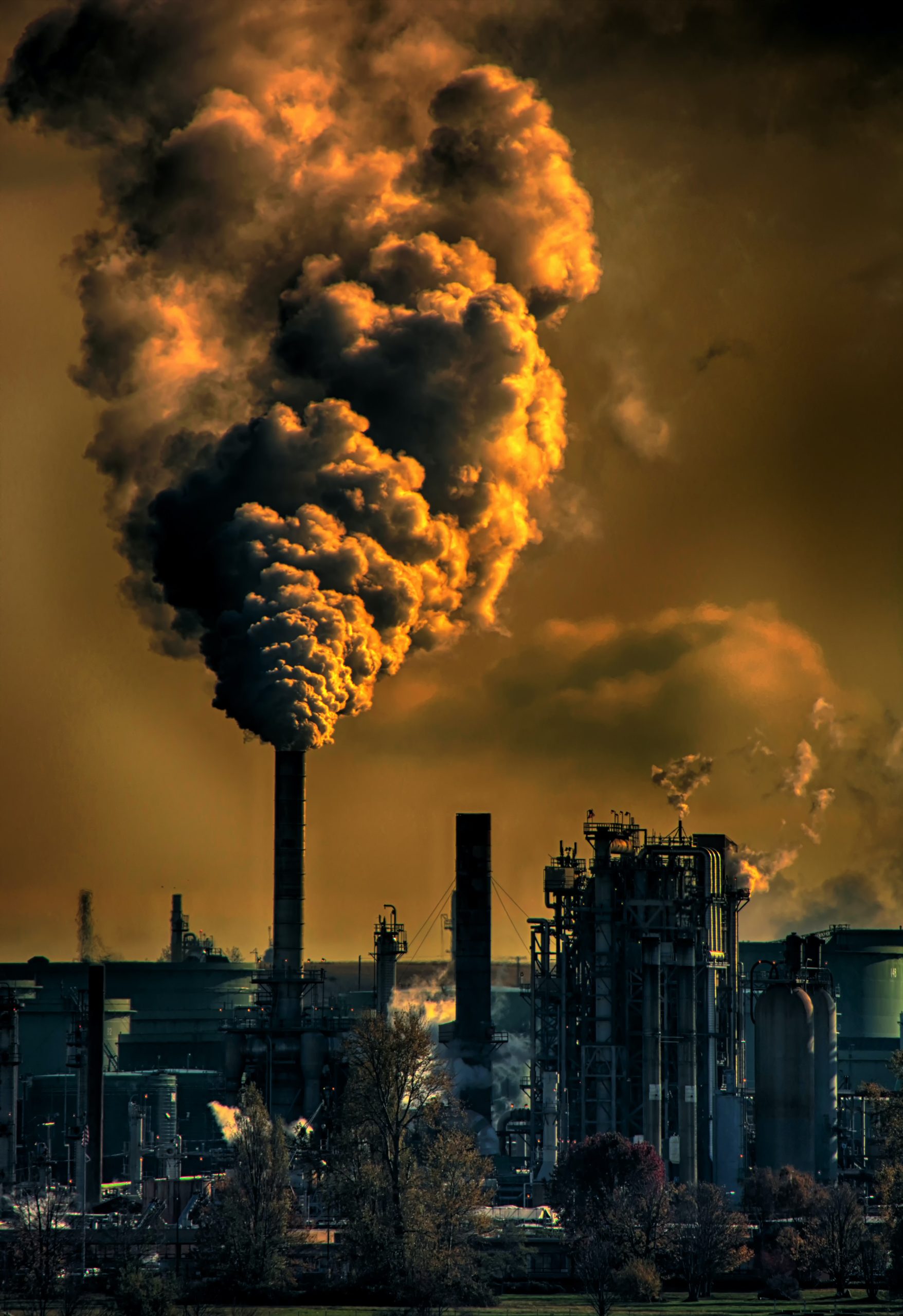In the realm of climate-conscious technology, the spotlight is increasingly turning towards ceramics. Traditionally known for their durability and versatility, ceramics are now emerging as a promising frontier in sustainable innovation. This article delves into the collaborative efforts within the field of climate tech, specifically focusing on the exploration of ceramics and the quest to unlock their full potential in addressing environmental challenges.
Understanding the Climate Tech Landscape
Climate tech encompasses a diverse range of technologies aimed at mitigating the impacts of climate change and fostering environmental sustainability. From renewable energy solutions to carbon capture and storage, innovations in this space are crucial for transitioning towards a greener future. Within this landscape, ceramics have garnered attention for their unique properties and applications.
The Role of Collaboration in Ceramic Innovation
Collaboration lies at the heart of ceramic innovation in climate tech. Bringing together expertise from various disciplines, including materials science, engineering, and environmental studies, collaborative efforts facilitate the exploration of novel applications and sustainable manufacturing processes. By pooling resources and knowledge, researchers and industry stakeholders can accelerate progress towards scalable solutions.

Exploring New Frontiers in Ceramic Innovation
In recent years, the scope of ceramic innovation has expanded beyond traditional applications, driven by the urgency to combat climate change. Researchers are exploring new frontiers, leveraging ceramics for diverse applications such as renewable energy, carbon capture, and sustainable manufacturing. Collaborative endeavors play a crucial role in this exploration, fostering cross-disciplinary exchanges and catalyzing breakthroughs in materials design and engineering.
Looking Ahead: Future Directions and Implications
As we look ahead, the trajectory of ceramic innovation in climate tech holds immense promise. Continued collaboration, coupled with advances in materials science and manufacturing technologies, will likely unlock new possibilities and propel the widespread adoption of ceramic solutions. Moreover, the integration of ceramics into existing and emerging industries can lead to significant reductions in greenhouse gas emissions and resource consumption, contributing to a more sustainable and resilient future for generations to come.
Analyzing the Potential of Ceramic Solutions
To assess the potential of ceramic solutions in climate tech, it is essential to consider their key attributes and advantages. Ceramics offer exceptional thermal stability, chemical resistance, and mechanical strength, making them ideal candidates for applications such as energy storage, emissions control, and sustainable construction materials.
Comparative Analysis of Ceramic Technologies
| Technology | Application | Advantages | Challenges |
|---|---|---|---|
| Advanced Ceramic Membranes | Carbon Capture and Storage | High selectivity and durability | Cost-intensive manufacturing processes |
| Porous Ceramic Insulation | Energy-Efficient Buildings | Excellent thermal insulation properties | Limited scalability for mass adoption |
| Ceramic Matrix Composites | Aerospace and Automotive | Lightweight and high-temperature resistance | Complex manufacturing and processing techniques |
Collaborative Initiatives Driving Innovation
Numerous collaborative initiatives are driving innovation in ceramic technology for climate applications. Research consortia, industry-academic partnerships, and government-funded projects play pivotal roles in advancing knowledge and technology transfer. By fostering an ecosystem of collaboration, these initiatives facilitate the translation of research findings into real-world solutions.
Challenges and Opportunities
Despite the promising potential of ceramics in climate tech, several challenges must be addressed to realize widespread adoption. These include scalability issues, high manufacturing costs, and the need for sustainable raw materials. However, these challenges also present opportunities for further research and innovation, particularly in the development of novel processing techniques and alternative materials.
Conclusion
In the pursuit of sustainable solutions to mitigate climate change, collaboration is key. By harnessing the collective expertise of researchers, industry partners, and policymakers, we can unlock the full potential of ceramics in climate tech. Through collaborative endeavors, we can discover new possibilities and pave the way for a more sustainable future.











